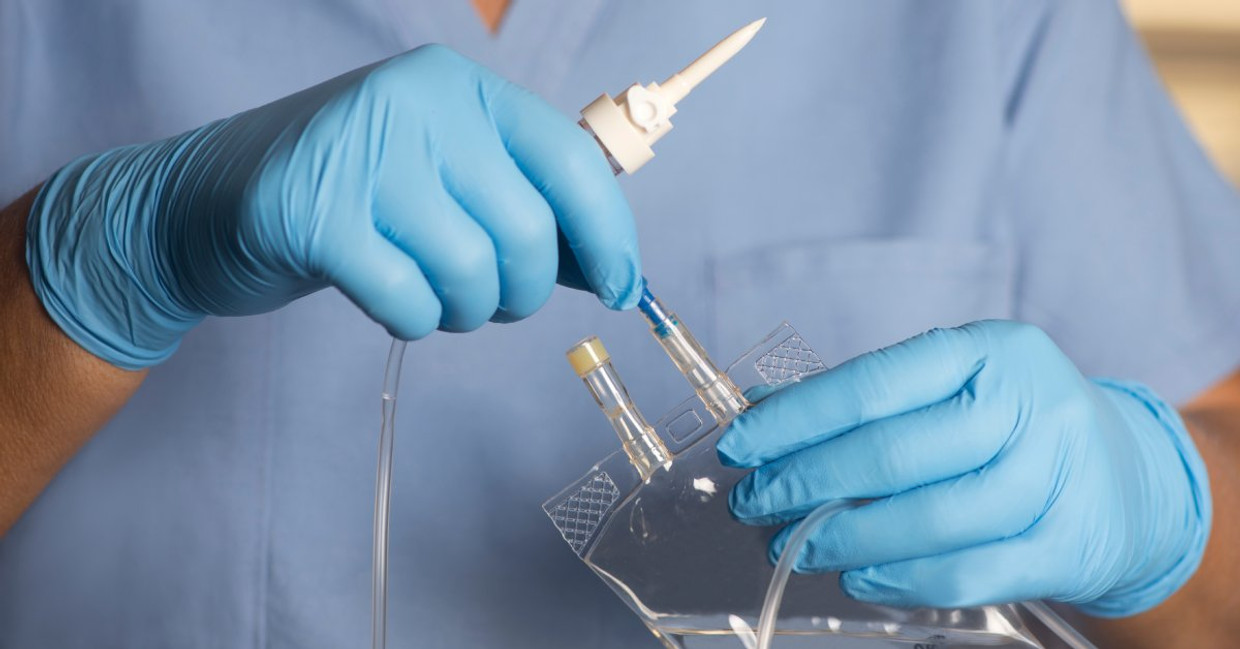A Midwife’s Guide to Preparing IV Fluids
Midwives often play a pivotal role in ensuring safety and comfort when supporting mothers during childbirth. Administering IV fluids is one of the many essential tasks that midwives perform, whether they’re doing so to address dehydration, maintain proper electrolyte balance, or deliver necessary medications.
Properly preparing IV fluids is integral to safeguarding patient well-being. We’ll provide a midwife’s guide to preparing IV fluids to help you master this vital skill with confidence and precision.
Gather the Necessary Supplies
Begin by assembling the essential equipment. You'll need an IV bag containing sterile saline or dextrose solutions, IV tubing, sterile needles or catheters, and alcohol swabs. Make sure the tools align with the patient's specific needs. For example, custom solutions may be required to address unique conditions or pre-existing medical challenges. Having everything ready minimizes disruptions and allows you to stay focused during what can often be high-pressure situations.
Follow Proper Hand Hygiene
Maintaining a sterile environment starts with impeccable hand hygiene. Before handling any materials, wash your hands thoroughly with soap and water or use hand sanitizer with an effective alcohol base. Clean hands reduce the risk of introducing harmful bacteria or viruses into the process, protecting you and the patient.
Treat hand hygiene as a non-negotiable priority—it is a best practice and reinforces patient trust in your meticulousness and care.
Check Expiration Dates
Before using any IV solutions or related equipment, always double-check expiration dates. Expired fluids or supplies can compromise the efficacy of the treatment and increase the potential for complications. Carefully inspect the packaging; expired or damaged supplies pose unnecessary risks that can be easily avoided.
Developing a habit of checking these details every time ensures consistent, safe outcomes for every patient under your care.
Use Aseptic Techniques
Sterility is paramount when preparing IVs. To prevent contamination, clean your work area thoroughly and put on sterile gloves before you begin. Disinfect all surfaces, IV ports, and connectors using alcohol swabs or other recommended solutions. During the preparation process, take care to handle all tools and IV components properly—avoid touching any sterile surfaces or materials without gloves.
Following aseptic techniques safeguards patient health and reduces the likelihood of unnecessary infections, creating a more secure delivery environment.
Follow Dosage and Dilution Instructions
Every patient is unique, so proper dosing is critical when preparing IV fluids. Carefully review the dosage and dilution instructions provided by the manufacturer or the healthcare provider overseeing the procedure. Pay close attention to fluid concentrations and volumes to be administered, as miscalculations can lead to complications.
If you’re unsure about any measurements or recommendations, always double-check with trusted protocols or seek guidance from colleagues. Precision is not only a best practice—it’s a life-saving skill.
Find the Proper Supplies From Cascade Health Care
Preparing IV fluids is just one of many ways that midwives provide safe, holistic care for mothers and their babies. Following a midwife’s guide to preparing IV fluids can help you avoid mistakes and ensure precision.
Whether you’re a seasoned practitioner or just starting your midwifery career, having the right tools and knowledge is indispensable. Explore Cascade Health Care’s midwife and doula supplies today to access high-quality tools that support your professional standards. Equipping yourself with the right resources ensures you’re always ready to offer the best possible care.
Recent Posts
-
Exploring Recent Innovations in Doppler Signal Processing
Doppler technology has become an essential diagnostic tool in modern medicine, enabling healthcare p
-
Exploring Recent Innovations in Doppler Signal Processing
Doppler technology has become an essential diagnostic tool in modern medicine, enabling healthcare p


